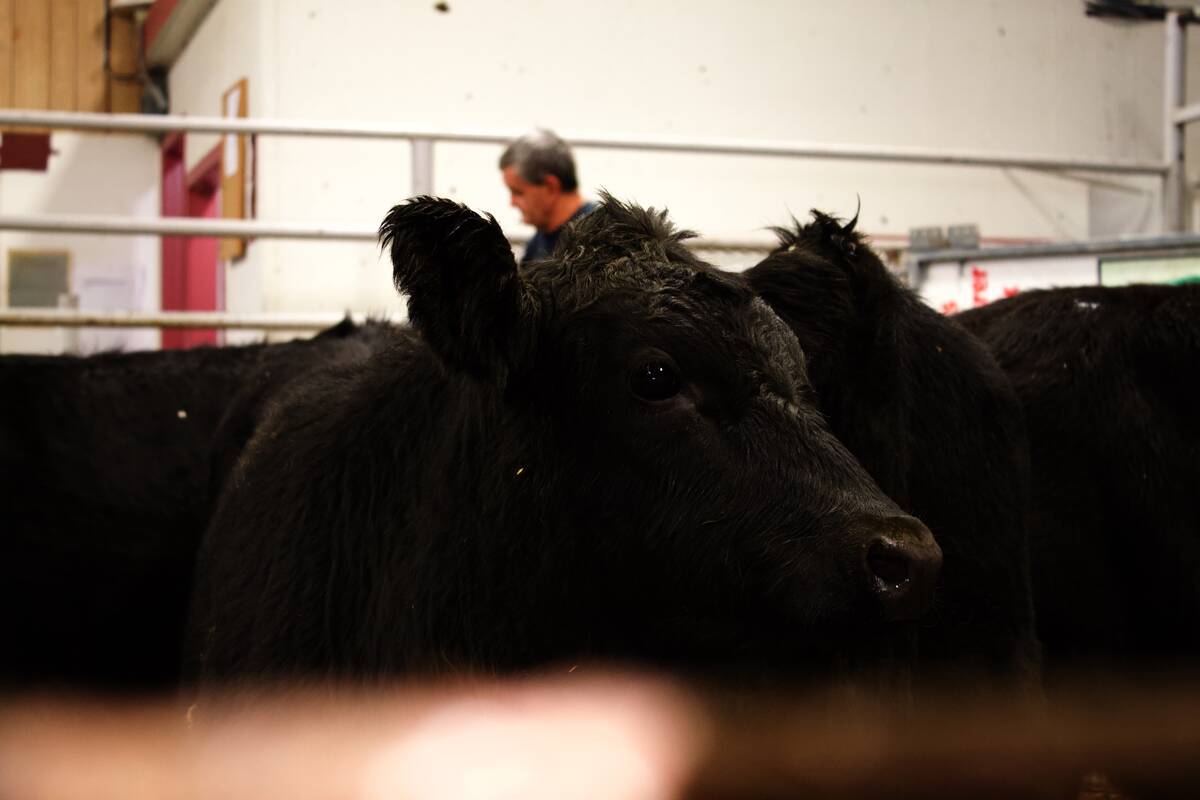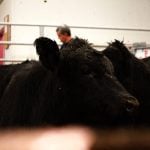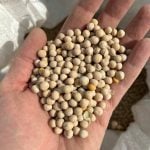Chicago Mercantile Exchange live cattle rose Thursday as investors covered short positions, while weaker cash cattle trade limited futures advances, traders and analysts said.
Cash cattle traded in light volumes in Texas and Kansas at $130 per hundredweight (cwt), $1 lower than the previous week, feedlot sources said. Wednesday morning, a few cash cattle traded in Nebraska at $129/cwt, down $1 to $2 from a week ago, the sources said.
Lacklustre beef demand and poor packer margins pressured this week’s cash cattle prices.
“Cash cattle and futures will not go up until you move the beef higher. They key is beef,” said Joe Ocrant, president of Oak Investment Group.
Read Also

Klassen: Feeder market closes year on soft tone
For the week ending December 20, Western Canadian feeder cattle markets were steady to $10 weaker compared to seven days…
USDA reported the choice wholesale beef price at $197.69/cwt, down 49 cents from Wednesday.
According to HedgersEdge, beef packer margins were deeply in the red at a negative $51 per head on Thursday, compared with a negative $48.70 per head on Wednesday and a negative $42.10 per head a week ago.
There were some expectations that cash cattle prices would trade lower as packers need less cattle supplies over the next two weeks due to the holiday season.
“They’re going to really throttle back the kill next week. Its probably going to be one of the smallest weekly kills on record from what I’m hearing,” said Dennis Smith, broker with Archer Financial Services.
Investors also adjusted positions before the U.S. Department of Agriculture’s monthly cattle-on-feed report on Friday.
U.S. feedlots welcomed lower corn costs and record-high cattle prices last month that encouraged them to bring in, or place, a few more young cattle for fattening, according to most analysts polled by Reuters.
The U.S. Department of Agriculture’s weekly export report on Thursday showed U.S. beef sales at 4,800 tonnes, mostly to Japan, compared with 10,100 tonnes in the previous week.
December live cattle, which expires at the end of the month, finished 0.85 higher at 131.8 cents/lb., and February ended up 0.625 cent at 132.975 cents.
Feeder cattle futures were supported by firm live cattle futures.
Feeder cattle for January closed at 166.8 cents, up 0.75 cents, and March closed at 166.55 cents, up 0.7 cent.
Hog futures edge higher
Chicago Mercantile Exchange hog futures traded in a narrow range and settled slightly higher on Thursday as investors adjusted positions ahead on the holidays, traders said.
Pork production was expected to slow in coming weeks due to the upcoming Christmas and New Year’s holidays.
Investors closely watched wholesale pork sales, amid anticipation that ham sales will slow as seasonal buying winds down.
Thursday morning’s wholesale pork price slipped 45 cents from Wednesday to $88.60/cwt, according to USDA data. Hams slipped 46 cents from Wednesday to $80.61/cwt.
Pork packer margins, while still in the black, have been pressured by softer pork product prices.
HedgersEdge data showed pork packer margins at $16.50 per head on Thursday, compared with $19.10 per head on Wednesday and $17.15 per head a week ago.
The average price of cash hogs in the closely watched Iowa/Minnesota market was unavailable Thursday morning, according to the USDA. Midwest hog brokers said cash hog prices held steady to $1 lower amid mixed packer demand.
The government’s weekly export report showed U.S. pork sales at 9,700 tonnes, mostly to Mexico, compared with 5,300 tonnes in the previous week.
February hogs closed 0.025 cent/lb. higher at 86.375 cents, and April hogs finished up 0.025 cent at 91.2 cents.
— Meredith Davis reports on U.S. ag commodities for Reuters from Chicago.















